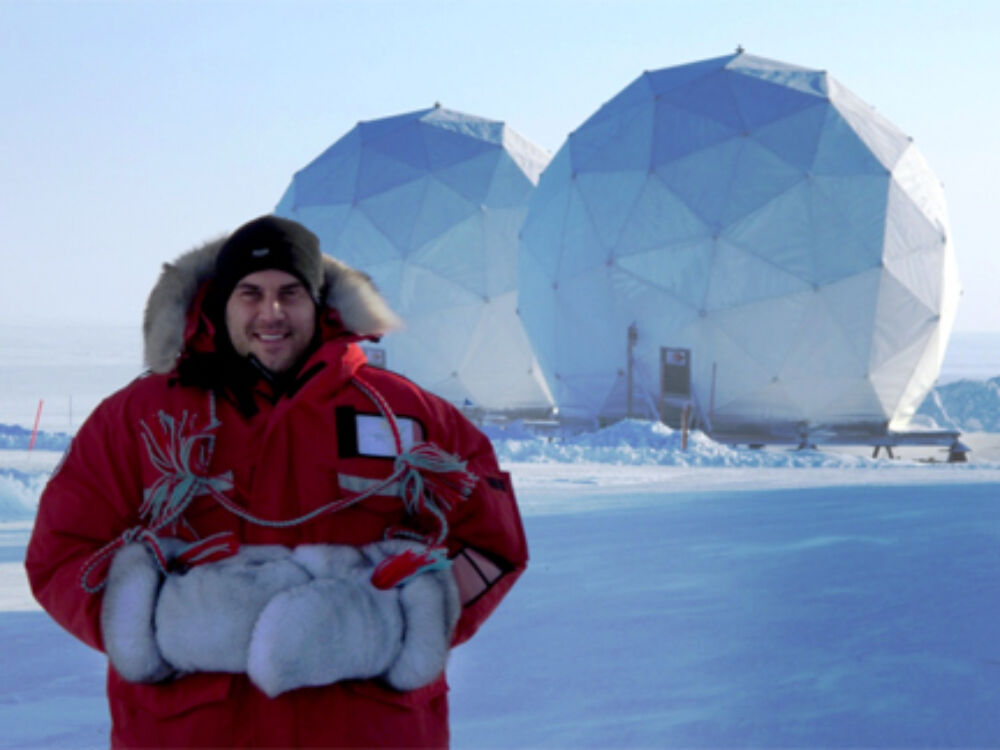Since Christmas I have been busy with academic and research travel. In February, along with Dr. P. Whitney Lackenbauer and Peter Kikkert, I traveled to Cambridge Bay, Nunavut, to interview Inuit elders as part of the ongoing “Cambridge Bay Oral Histories Project” in partnership with the Kitikmeot Heritage Society. It was my second such trip to the Arctic, and both profoundly increased my awareness and knowledge concerning the issues facing Canada’s north and the people who call this landscape home.
In addition, research trips for my fourth and fifth books have taken me to archives, libraries and Aboriginal communities across both Canada and the United States, including: Oklahoma, Kansas, Colorado, Washington (DC), Minnesota, Wisconsin, New York State, as well as, Ontario and Quebec. I will soon be off to the United Kingdom to conclude research for one of these books.

The first book will explore the 1918 deployment of 450 select British and Dominion soldiers which made up the “hush-hush” special forces unit dubbed Dunsterforce. Under the command of Major-General Lionel Dunsterville, this unit traversed Mesopotamia, Persia and the southern Caucus region—from Basra to Baku—with a view to protecting British strategic interests in the Caucuses—chiefly the oil fields at Baku, while preventing the Turks and Germans a route to India and its vital commodities.
The second book examines the response, and role, of the Six Nations Iroquois Confederacy during the World Wars. Viewing itself as an autonomous, sovereign ally of Canada, the United States and the Crown, the Confederacy declared war independently on Germany during both conflicts and supported the Allied war effort accordingly.
I am anxious to start writing.
Posted by Timothy C. Winegard
October 3, 2011
Categorized as Author Posts
Kim Anderson on CBC's Manitoba Scene Extra! Extra!
